Summary of Scottish budget 2021-22: Key points at a glance
- Published
Public Finance Minister Kate Forbes has outlined the Scottish budget for 2021-22. Here are the key points from her speech to MSPs.
Health services and Covid-19

Health and social care staff being vaccinated at the NHS Louisa Jordan Hospital in Glasgow
For the first time, £869m will go towards addressing pressures related to Covid-19
Primary care funding increases by £55m to £250m
Investment in mental health services increases to £139m, taking overall spending in mental health to over £1.1bn
An additional £50m for the "national mission" to tackle drug deaths
The total health and sport budget will be a record £16bn

Tax rates
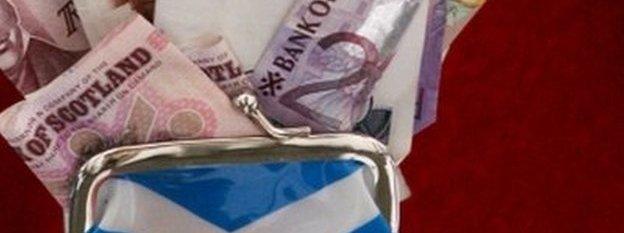
Income tax rates and bands are to remain unchanged, with the thresholds for all but the top rate to rise in line with inflation
A starter rate of 19% will be charged on earnings between £12,570 and £14,667
The Scottish basic rate of 20% will then be paid on earnings up to £25,296
An intermediate rate of 21% will then apply up to £43,662, with a higher rate of 41% and a top rate of 46% for those earning more than £150,000
A tax cut for housebuyers announced during the first lockdown will end on 1 April, with the starting point for Land and Buildings Transaction Tax to return to £145,000 - although relief for first time buyers will continue
Non-domestic rates relief for retail, hospitality and leisure businesses will be extended by at least another three months
The poundage rate of non-domestic rates is to be cut for the first time in the history of devolution to 49p

Childcare and education

Students at St Columba's High School, Gourock wearing protective face masks as they came into force in August
Total education and skills spending will increase to £4.2bn
Over £30m will be invested to help schools to mitigate the impacts of Covid-19
For colleges and universities, there is a further £60m of funding
Support for Gaelic education remains the same at £25.2m
The children and families budget will increase from £149.7m to £182.4m
The early learning and childcare programme will remain at £39.8m

Communities and local government
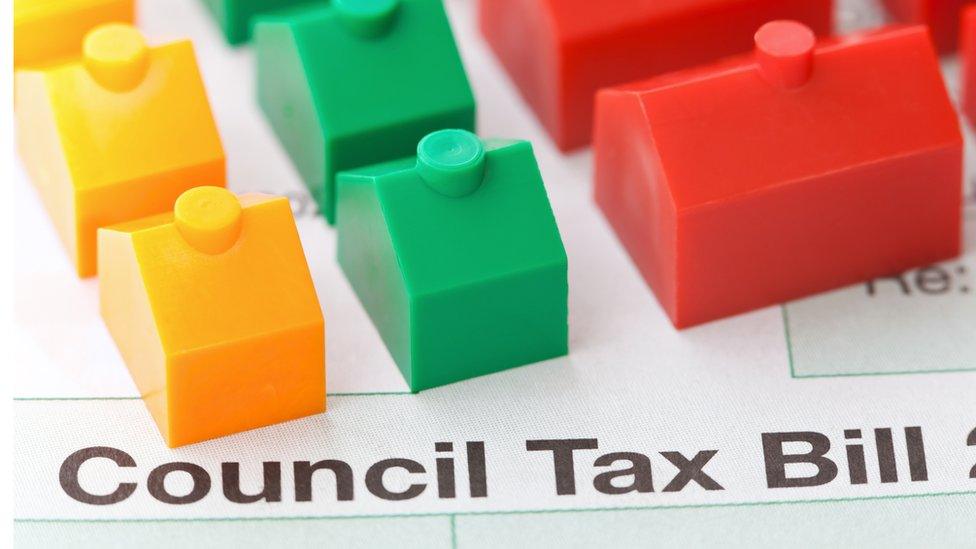
Total Scottish government funding for local government will be £11.6bn
A £90m incentive will be offered to local authorities - the equivalent of a 3% increase - to freeze council tax rates to prevent household bills rising
Spending on measures to reduce fuel poverty and improve energy efficiency will increase from £137.1m to £145.6m
£3.6bn for social security, including £68m for the Scottish Child Payment, which was delayed last year due to Covid-19. Eligible families with children under six will initially receive £10 per week, per child every four weeks
Spending on the third sector will increase to £26.1m

Business and economy
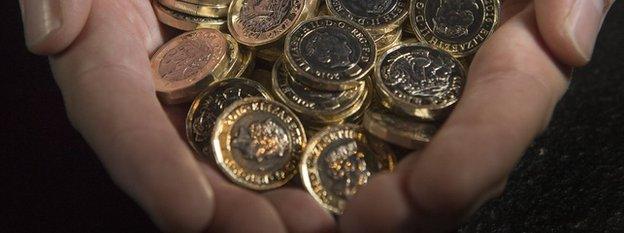
£1.1bn of spending on jobs and employment support
Funding for the Scottish National Investment Bank, which launched in November, will decrease from £241.1m to £205m
Culture and major events spending has fallen from £180.4m to £174.7m
Total spending on finance, economy, fair work and culture will increase from £6.5bn to £7.1bn

Transport, Infrastructure and Connectivity

Spending on rail services will go up from £1.2bn to £1.3bn
Motorway and trunk road spending will rise from £748.9m to £825.9m
Funding of £10.5m will go to the National Islands Plan, which aims to tackle depopulation and improve transport links
The troubled Ferguson Marine will receive £47.4m, a decrease from £49.6m
Spending on digital connectivity will increase from £63.4m to £102.7m
Justice

Police at George Square in Glasgow when far-right groups targeted a peaceful refugee poverty protest last June
Total spending on justice, which includes the police, court system and fire service, will receive "significant extra funding", increasing from £2.8bn to over £3bn
Scottish Police Authority funding will rise from £1.2bn to £1.3bn
Spending on the fire service will increase from £333.3m to £343.2m
£50m has been aimed at clearing the backlog in court cases
Legal Aid spending will increase from £137.5m to £138m

Environment and climate change
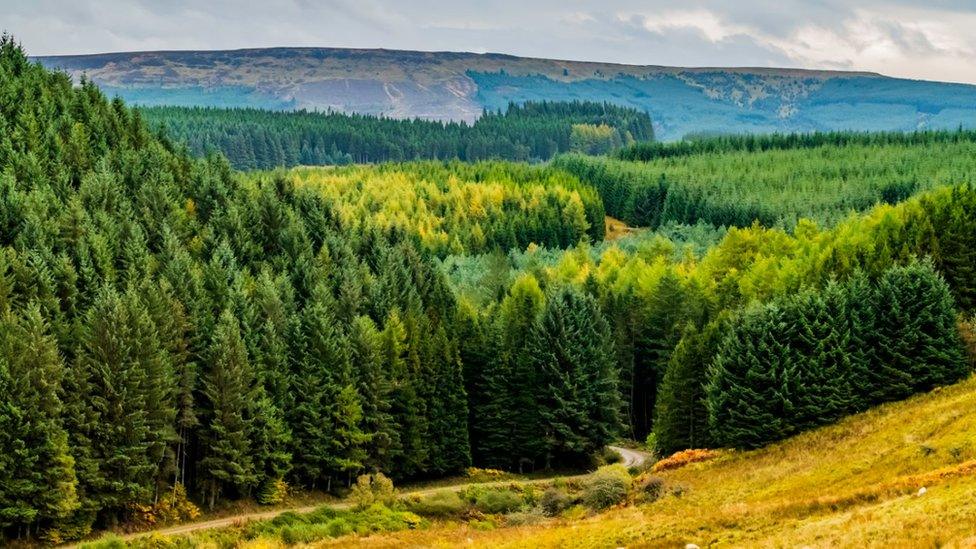
A total of £506.6m will be spent on the environment, climate change and land reform - an increase from £461.8m
Marine spending will increase to £84m
Spending on environmental services will go up from £157.1m to £196.5m
The Climate Change and Land Managers Renewables Fund, which was substantially increased last year, will increase slightly to £31.8m

Economic forecasts
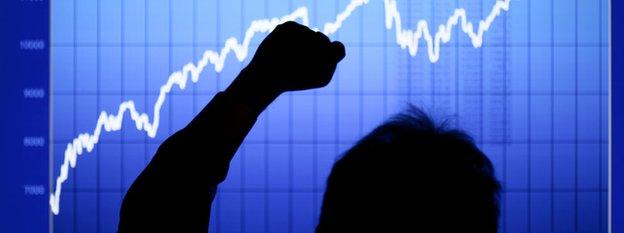
Scottish GDP is forecast to grow by 2% in 2021, by 7% in 2022 and recover to pre-Covid levels in 2024
Job retention schemes have largely, but not completely, protected the labour market - employment is expected to dip by 1.5% in 2021 and increase by 1.2% in 2022
The unemployment rate is expected to peak at 7.6% in 2021
Average earnings are forecast to grow by 2.6% in 2021 and by 2.4% in 2022
The projections are based on the Scotland's Economic and Fiscal Forecasts, external document drawn up by the Scottish Fiscal Commission
Related topics
- Published28 January 2021
